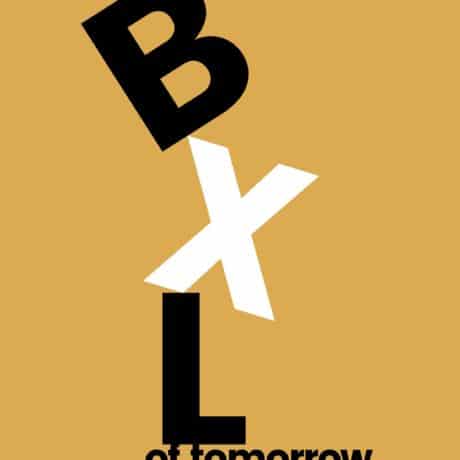
Dossier
Brussels mag N°17
Portrait
TEXT . PHOTO johan-frédérik hel guedj
Pierre Lallemand is more than an architect, he has developed an audacious project so that the Boulevard de Waterloo can breathe again.
Avenue des Courses, at a short distance from the Solvay School (one of his designs), we find the Pierre Lallemand & Partners’ loft, white, bare, luminous and punctuated with half-columns topped by his scale models beneath Plexiglas, exhibited at the Musée d’Ixelles, in Milan and at the MOMA in San Francisco. “This is the spectrum of my work”, he murmurs in his husky voice within the body of a baritone. “I am not only an architect.” He also works with his hands and is highly interested in technology; at the age of 12, he was already making bronze sculptures. Judging it impossible to master all the aspects of this art: administrative, legal, financial and commercial, he admits, “sprinter or long distance runner, I have always been a sprinter”. This freedom allows him to be an ‘anti-engineer’, “I like my buildings to float, to set aside the weight of the elements”.
Generous lungs
Our towns are in a state of change, “a place of freedom for their citizens; there are more agreements concluded between towns than between states.” And yet, everything is governed by norms and big data, cities are among the places subjected to the most surveillance on the planet. “The freedom of the past no longer exists. The major changing point has been the internet and our virtual journeys. The world is finished and closed. Google Earth posts on screen all our local districts.” The world of commerce is changing: large trading companies have become mega-distribution groups such as Amazon. In a world of services where production and transformation are on the decline, the economy redefines work and urban life and transforms public action. Pierre Lallemand defines the concept of smart cities as “an interactive ecosystem of data across local government, citizens, associations, multinational and regional enterprises, universities, research centres, and international institutions, all engaged in a sustainable development strategy”. This ‘generous thought’ enhances urban performance and logistics, and all flows are possible and imaginable. “The town, the lungs, that reject, transform and breathe in permanence. It is less an issue of planning new boulevards than influencing a way of thinking. In France, Nice, Marseilles and Bordeaux are involved in this process.”
In this context, the ‘Egmont project’, Boulevard de Waterloo and Avenue de la Toison d’Or, “creates an area of pleasure and serenity, a meeting point for a botanical garden in the middle of a boulevard. A simple pedestrian area without cars would be deserted. We prefer an urban concept proposing a crucible for commercial activity”. The first motivation was “to create an identity with a resonance and an appeal beyond the limits of the town, areas that have been abandoned becoming attractive again”. In Brussels, the inner ring – a former military zone – has remained inert for a long time, successively a chain of boulevards, then urban motorways and tunnels since Expo 58, Brussels’ World Fair. And yet this focus on the car has become a problem. Lallemand is responding to this by focussing more on what is possible rather than on the constraints, reducing car use and encouraging bicycles, without being negative. He is engaging in a kind of ‘city marketing’ (“a frightful expression”, he adds).
“A rare circumstance, the local economic players, notably the major stores along the Boulevard and adjacent streets, can now take charge of their environment.” The success of the project depends as much on the quality of the infrastructure as on its long term management and its adaptability over time. Thus, Egmont proposes to disassociate itself from the public highways by offering what they call a “scanning of the promenade”. Between Place Louise and the Porte de Namur, the traffic will be ‘slow and poetic’ along a 500 metre stretch, with short term parking as well as underground car parks, a light coloured ground surface and attractive urban furniture. Valet parking and a scheduled electric shuttle bus, travelling in a loop, will facilitate access. A central covered area will be available for holding events. Apart from its longitudinal dimension, the project will encompass a transversal flow to Galeries Louise and Toison d’Or and Jardins du Mont des Arts and Sablon, connecting uptown and downtown. All the parties involved are very enthusiastic about the project.


Dossier
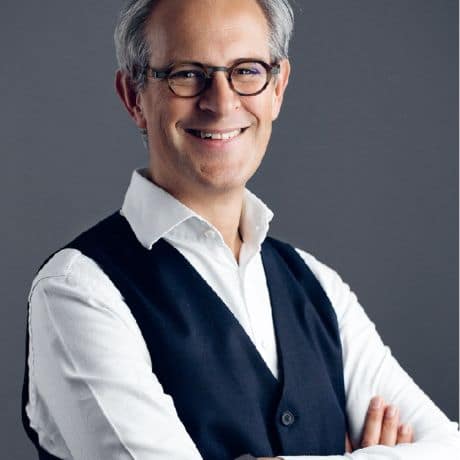
Personality
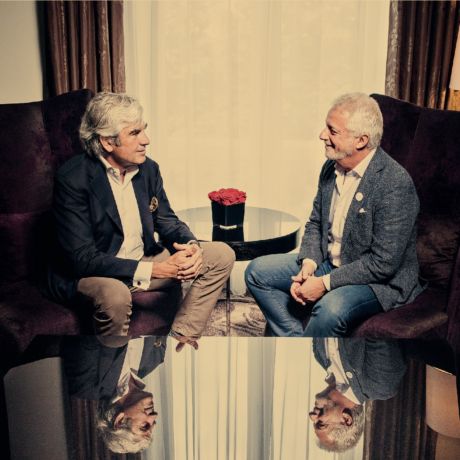
Face-à-face
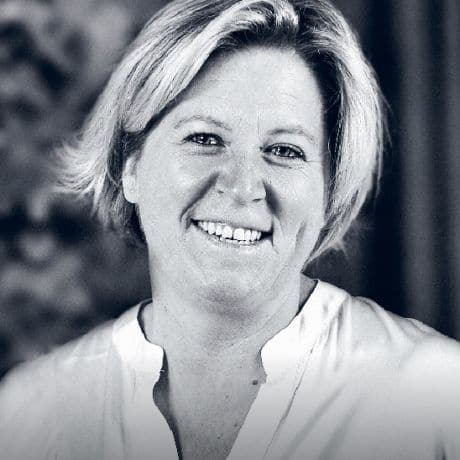
She in the plural
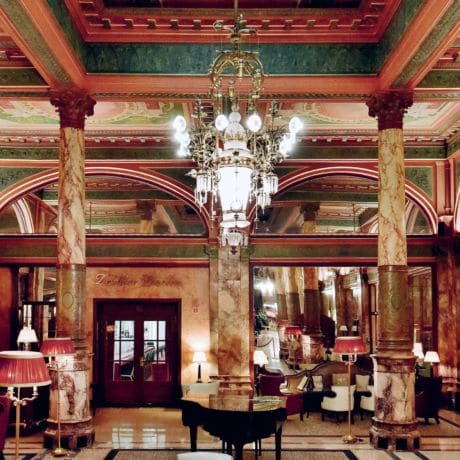
1 establishment, 3 trades

Expat
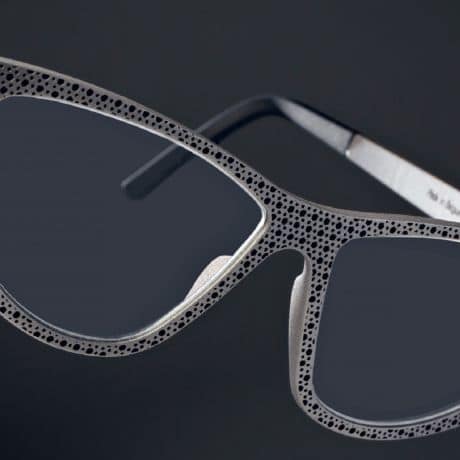
back stage

THE MOST BEAUTIFUL ONES
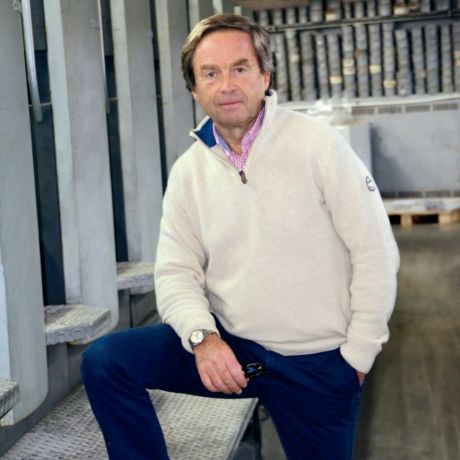
in the picture
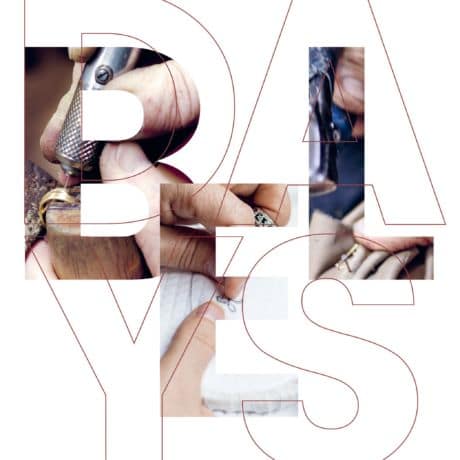
Values

Beautiful racing cars